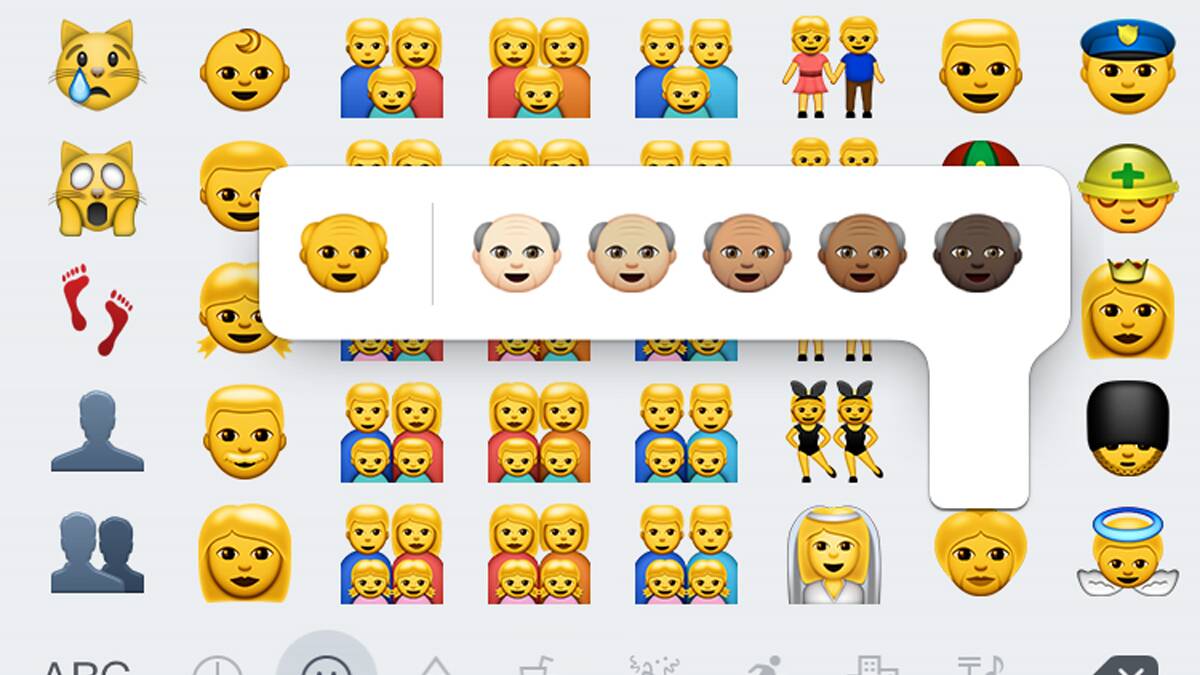The precursor to the modern-day emoji, the language that dominates online culture, officially turned 40 this week.
We're all familiar with the emoji - the faces and symbols that sprinkle a dash of emotional context into our text messages - but before we had thousands of emojis at our fingertips, online users had only the simple colon and bracket.
Four decades ago, American computer scientist Scott Fahlman proposed a new way to express emotion online, one which would change the way we communicate.
Mr Fahlman posted to the Carnegie Mellon University's online noticeboard on September 19, 1982, proposing the now iconic smiley emoticon to signal joke posts.
"I propose that the following character sequence for joke markers: :-)" the post read.
"Read it sideways. Actually, it is probably more economical to mark things that are NOT jokes, given current trends. For this, use :-("
Since then, the emoticon has become a universally recognised symbol and the ancestor to the modern-day emoji.
From the simple emoticon, the online world progressed to Wingdings, the series of quirky symbols included in Microsoft Windows in the '90s, and then to the first emojis, created by Japanese artist Shigetaka Kurita and released on some mobile phones in Japan in 1999.
READ MORE:
Kurita's original 176 emoji are now a part of the permanent collection at New York's Museum of Modern Art.
According to Unicode, the international encoding standard, there are now more than 3,600 emojis, used by more than 90 per cent of the world's online population.
While our modern emojis are more complicated than their keyboard predecessors, the intent is still the same 40 years on - to add a dash of emotion to a 2D screen.
University of Wollongong Communications and Media Lecturer Dr. Chris Comerford said the reign of the emoji has a lot to do with our love of visual stimuli.
"In the west, we're a set of visual cultures and societies," Dr Comerford said.

The rise of platforms like Tik Tok over text-based platforms like Facebook demonstrate the way we are drawn to visuals, he said.
Read more:
Emojis are a form of visual shorthand, allowing us to give inflection or context to a statement in text, he said, and to dispel misinterpretations.
From the niche introduction of the emoticon on chatboards 40 years ago to Snapchat's 3D, personalised 'Bit-mojis', Dr Comerford said the quirky visual characters are likely to stick around.
"I think those things are quite durable as we continue adding emojis and new ways of using them," he said.
So, where to next for the humble emoji? For Dr Comerford, the next destination is "normalising" them in the workplace, cutting out the corporate chat with a simple :)


